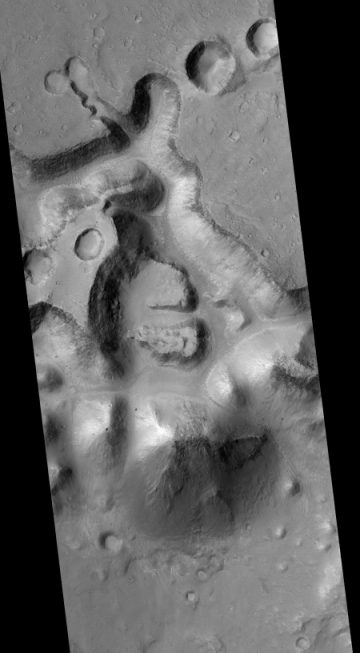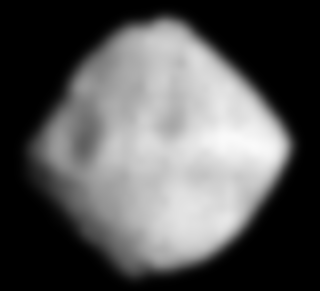More launch delays from Russia
Russia has decided to delay one of three commercial Soyuz rocket launches to 2019 due to unspecified “readiness” issues.
The launch of Soyuz-ST launch vehicle with a European satellite was initially scheduled for October 6, a source in the aerospace industry told Interfax. “However, evaluating relevant conditions and the launch vehicle’s readiness, the decision was made to move the launch to November 6,” the source said.
In all, three Russian launch vehicles were expected to take off from the Kourou Space Center by the yearend. Italy’s CSG-1 satellite was scheduled to be launched in November, which was to be followed by the launch of OneWeb’s pilot mini-satellites. Due to the delay of the European weather-forecasting satellite’s launch, the launch of two more rockets from Kourou was endangered. “One of the three launches has to be postponed until next year. This is most likely to be Italy’s CSG-1 satellite. However, a lift-off of satellites under the contract with OneWeb may be adjourned,” he said.
In addition, there was this story (behind a paywall) that noted that the only Proton-M launch in 2018 will also be delayed until 2019.
While such delays in rocket launches are not unusual and are an accepted part of the business, these delays for Russia do not help them. The technical problems in recent years that have caused many launch failures, combined with these delays, will further encourage their international customers to go elsewhere.
Russia has decided to delay one of three commercial Soyuz rocket launches to 2019 due to unspecified “readiness” issues.
The launch of Soyuz-ST launch vehicle with a European satellite was initially scheduled for October 6, a source in the aerospace industry told Interfax. “However, evaluating relevant conditions and the launch vehicle’s readiness, the decision was made to move the launch to November 6,” the source said.
In all, three Russian launch vehicles were expected to take off from the Kourou Space Center by the yearend. Italy’s CSG-1 satellite was scheduled to be launched in November, which was to be followed by the launch of OneWeb’s pilot mini-satellites. Due to the delay of the European weather-forecasting satellite’s launch, the launch of two more rockets from Kourou was endangered. “One of the three launches has to be postponed until next year. This is most likely to be Italy’s CSG-1 satellite. However, a lift-off of satellites under the contract with OneWeb may be adjourned,” he said.
In addition, there was this story (behind a paywall) that noted that the only Proton-M launch in 2018 will also be delayed until 2019.
While such delays in rocket launches are not unusual and are an accepted part of the business, these delays for Russia do not help them. The technical problems in recent years that have caused many launch failures, combined with these delays, will further encourage their international customers to go elsewhere.







 l
l